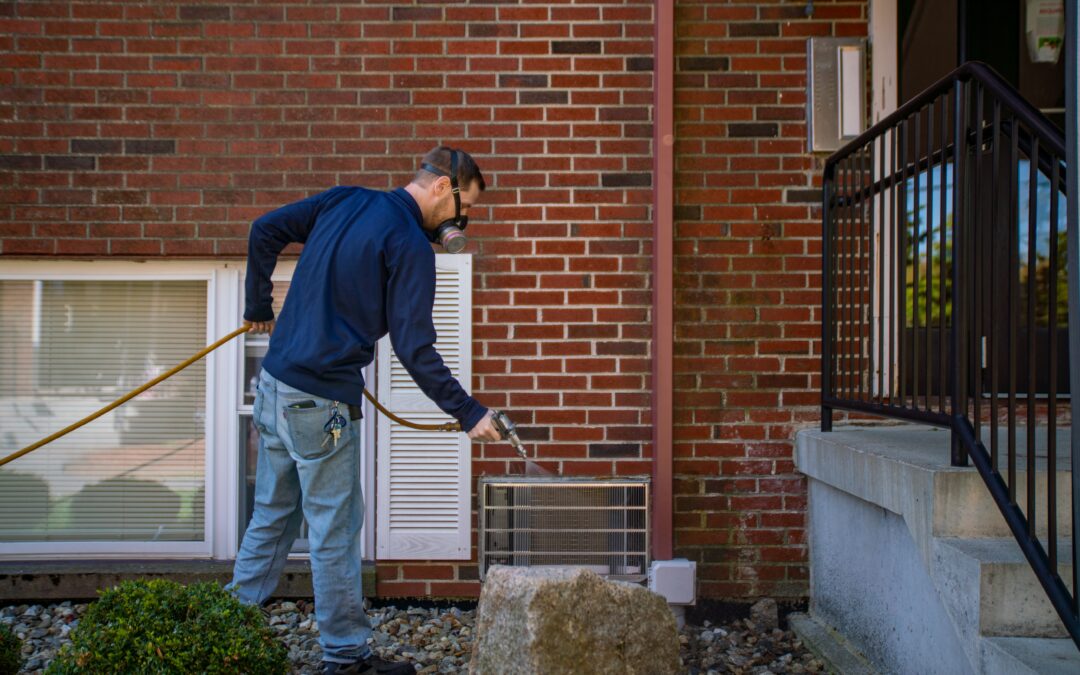There are various subspecies of crickets out there, with one of them preferring to live in human homes. This species is the house cricket, and it can be quite a nuisance. Let’s take a look at how long you can expect these crickets to be rooming with you.
Various cricket types
Some cricket species have long average lifespans, while others can only live for a few months. Luckily, the house cricket falls into the latter category, with an average lifespan of eight to ten weeks, and a maximum known lifespan of eight months. This means that if one of these crickets enters the home and it does not manage to reproduce, it will die out soon enough. Other species such as the Jerusalem cricket can live for up to four years, with seven months on average, while the cave cricket has an average lifespan of one to two years. It’s important to note that other species of crickets may find their way into your home as well, in their search for warmth and food.
Details about the house cricket’s lifespan
A house cricket will take about six weeks to mature after it hatched, and then it will lay eggs for about one week if it mated. After that, it will continue to live for one or more weeks and then die. The lifespan will be increased if the crickets continue to live in groups. If the males are separated from the females, they will have to chirp louder, which will increase their metabolism and shorten their lifespan. This means that if you have a solitary male in the home, you will hear louder chirping, but the infestation will be much shorter lived. The real trouble begins when the crickets live in groups of males and females and they continue to multiply.
The perfect environmental conditions for the house cricket
Crickets thrive in environments that have a temperature between 80°F to 91°F. This is an optimal window for them. At higher temperatures they will have shorter lifespans, and lower ones can be very detrimental. Theoretically, you could get rid of an infestation by lowering the temperature in the home, but then again, you would have to go fairly low which is not very pleasant during the fall and winter. The best course of action if you want to control an infestation is to call over a pro. Contact us today for house cricket pest control services.

